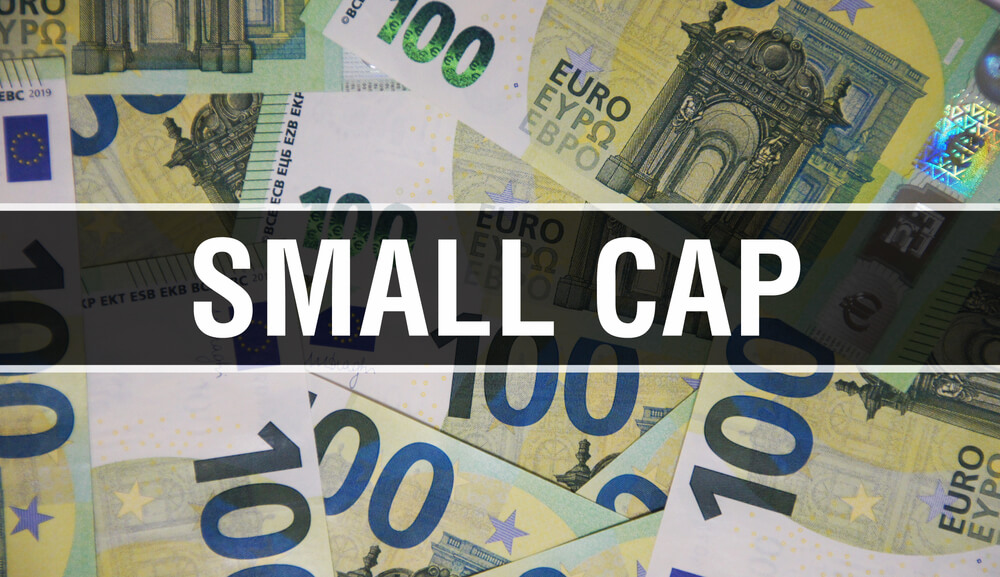Small-cap stocks have taken a beating in recent months. At Thursday’s close, the Russell 2000 Index was more than 17% below its 52-week high. This is the seventh pullback of at least 10% since the bull market restarted in March 2020. It’s the steepest pullback of the past 22 months.
Assuming we are in a pullback rather than a bear market, it’s time to start thinking about how to trade the next rally. If we are in a bear market, it’s still time to plan a strategy for the next bull market.
While the Russell 2000 is the most popular small-cap index, there is an alternative. The S&P 600 is also a small-cap benchmark.
Both indexes deliver similar gains, but they have diverged recently. The S&P 600 is less than 10% from its all-time high. It fell as much as 11.7% below that high in the recent sell-off and has been recovering in the past month.
Explaining the difference in performance is easy.
Volatility Reveals the Best Small-Cap Play for You
All of the stocks in the S&P 600 are in the Russell 2000. But each index weights the stocks differently. The weightings of the positions have been a significant factor in the performance of each index. The chart below shows the biggest differences between the two indexes.
SLY Holds More Meme Stocks
Source: ETF Research Center.
This chart compares the holding of SPDR S&P 600 Small Cap ETF (NYSE: SLY) and iShares Russell 2000 ETF (NYSE: IWM).
SLY has less exposure to meme stocks like AMC Entertainment Holdings Inc. (NYSE: AMC) and Avis Budget Group, Inc. (Nasdaq: CAR). While these stocks could shine in the next bull market, SLY should be less volatile without them.
That‘s an important factor to consider. If you want high volatility, IWM is the right ETF for you. SLY could be more appropriate for investors seeking exposure to small caps with less volatility.
Click here to join True Options Masters.
